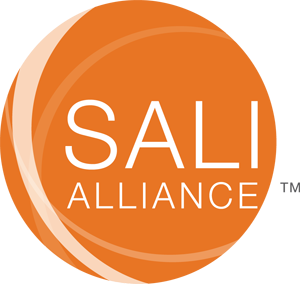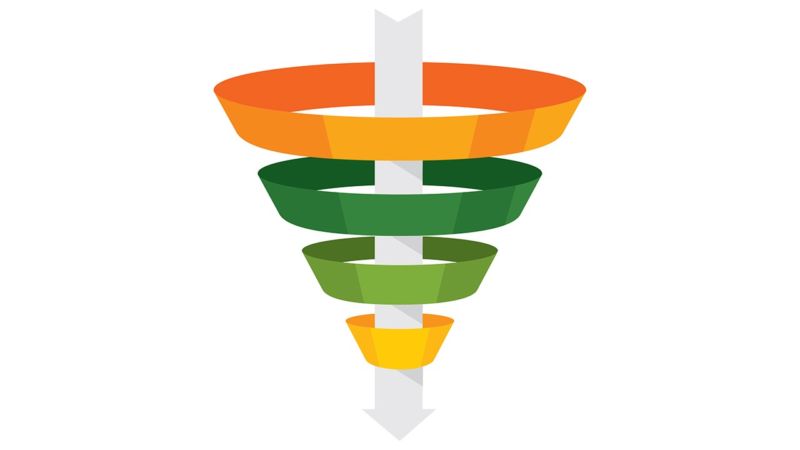One of the biggest challenges in today's legal tech environment is "interoperability" — how computer systems and software talk to and work with each other
Today, legal technology is proliferating by quantum leaps. Legal organizations, including law firms and in-house law departments, have access to an abundance of new technology solutions with applications in the business and the practice of law.
That abundance of technology, however, presents its own challenges, especially in the way those applications approach interoperability — how computer systems and software talk to and work with each other. In speaking with 75-plus law firms, corporate law departments, and legal technologists over the past year, we have consistently heard and discussed the need for interoperable legal technology.
In a recent white paper, Law Firm Leader Perceptions of the Value of Technology, Thomson Reuters and Northwestern University collaborated on research that asked law firm leaders which types of technology solutions they found to be most valuable for their organizations.
Almost two-thirds (62%) of respondents identified interoperability as the most valuable technology or capability. Interoperability was valued higher than many other types of solutions, including contract management, contract drafting, litigation analytics, data feeds, APIs, CRM/ERM systems, and legal project management.
What exactly interoperability means to people varies, but we use it as shorthand for the idea that users want different pieces of technology to work with one another in a logical, straight-forward way that is easy for the end-user. That is to say, people want tools that were not built together (or even by the same vendor) to nevertheless operate together. For this to happen, however, these applications must be able to share information and data beyond just import and export functions. And as a necessary precursor for interoperability, the legal technology ecosystem must agree upon common open, data standards. Short of this, the goal of true interoperability will be impossible to achieve.
Data standards provide a common understanding of data among all participating parties. By providing a consistent structure — that includes predefined taxonomies and relationships — diverse applications can efficiently interact and share data. The consistent semantic meaning supplied by the standard ensures that two independent applications can meaningfully exchange information without any intermediaries.

This simplification allows applications and product developers to focus on innovation and on finding new opportunities to combine common data. In areas where standards are lacking, legal organizations instead have to spend time and money to implement solutions to retrieve and normalize data, which can be time-consuming and result in significant costs, especially when using many sources.
One law firm leader we interviewed said that because his law firm had to pull together disparate data from multiple products, it made it nearly impossible to make data-driven business decisions.
The main drawback when implementing a data standard is the constraints enforced on an application’s use of data. However, the benefits of interoperability and sharing data easily far outweigh these concerns, streamlining development and providing opportunities to combine workflows across disparate applications.
Countless industries have implemented standards to help data exchange and interoperability. Some examples include:
-
-
- Common Education Data Standards (CEDS) — This standard promoting the easy exchange of education data was set up by the U.S. Department of Education. It is internationally used, and provides structured data formats and tools to facilitate data interoperability.
- Open Banking – This standard allows easy exchange of personal financial information with strict levels of consent. Set up by U.K. regulators and used in personal banking, it requires banks to securely share standardized data and empowers consumers to have better control of their financial information. Innovative new apps have been created to provide data insights to end-users, such as an aggregated view of their spending habits spanning all personal accounts.
- Biological Nomenclature – The Integrated Taxonomic Information System, a partnership between agencies in the U.S., Canada and Mexico have developed authoritative taxonomic information on the plants, animals, fungi, and microbes of North America and the world.
- Standard Business Reporting – Australia’s standardized way for companies to report activity to government regulators has allowed developers across various compliance areas including tax, employment, securities, etc., to create compliance software that automates reporting.
-
As seen, there are many examples where data standards have enabled interoperability and seamless data exchange across an industry in the private sector as well, such as in healthcare and auditing & accounting.
Indeed, the environment is ripe for the same approach to take hold in the legal space. Standards Advancement for the Legal Industry (SALI), a non-profit standards-setting organization (of which Thomson Reuters is a member), is focused on doing just that.
SALI recently released Legal Matter Specification Standard 1.0 (LMSS), an important milestone in moving towards a common data standard for the industry. LMSS 1.0 provides a common language for describing legal matters in a party-neutral, extensible manner by a wide array of stakeholders in the legal industry. As organizations apply analytics to their legal data, LMSS provides a common starting point for the interchange of information. Similarly, the Global Legal Entity Identifier Foundation (GLEIF) is working to promote adoption of the standard use of Legal Entity Identifiers across the banking space to manage compliance and risk, improve counterparty identification, enhance customer experience, and grow banks’ revenue.
At the recent Inspire.Legal conference held in New York City, members of the legal tech community, including law firms, legal technologists, vendors, and academics passionately discussed the need for interoperable data standards. All agreed that the time was right for all members of the legal industry to put time and energy behind creating a common standard.
We too believe that it’s time for the industry to move in this direction, and we look forward to contributing to this important effort as the community comes together to establish common data standards.







